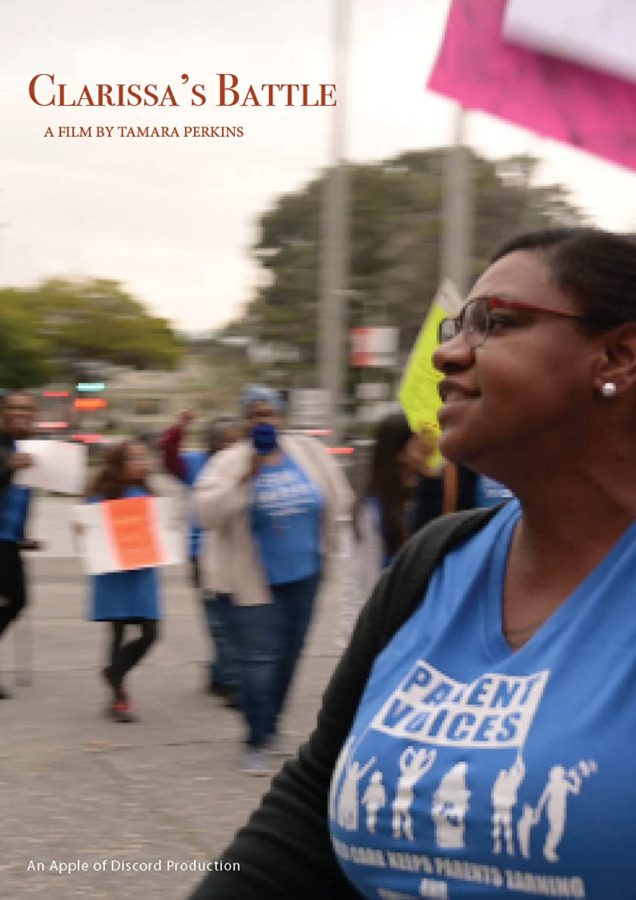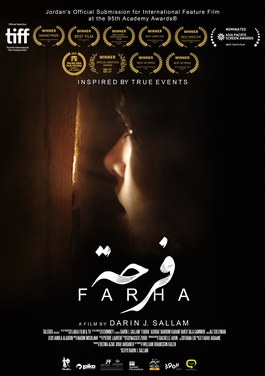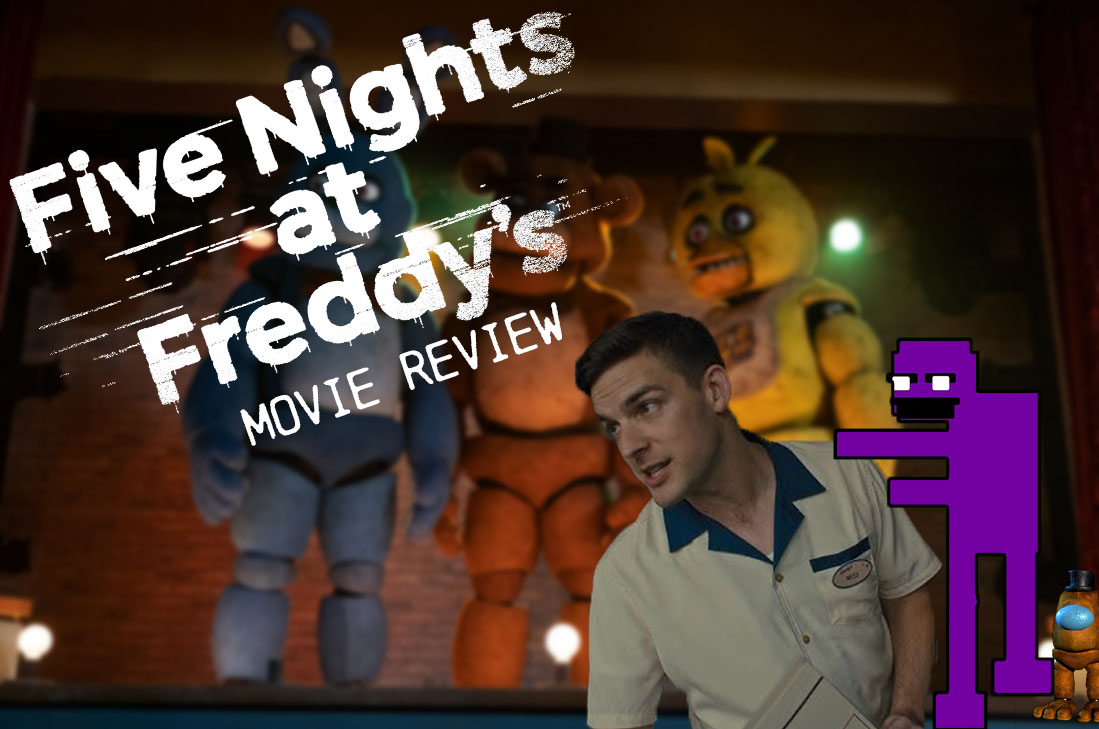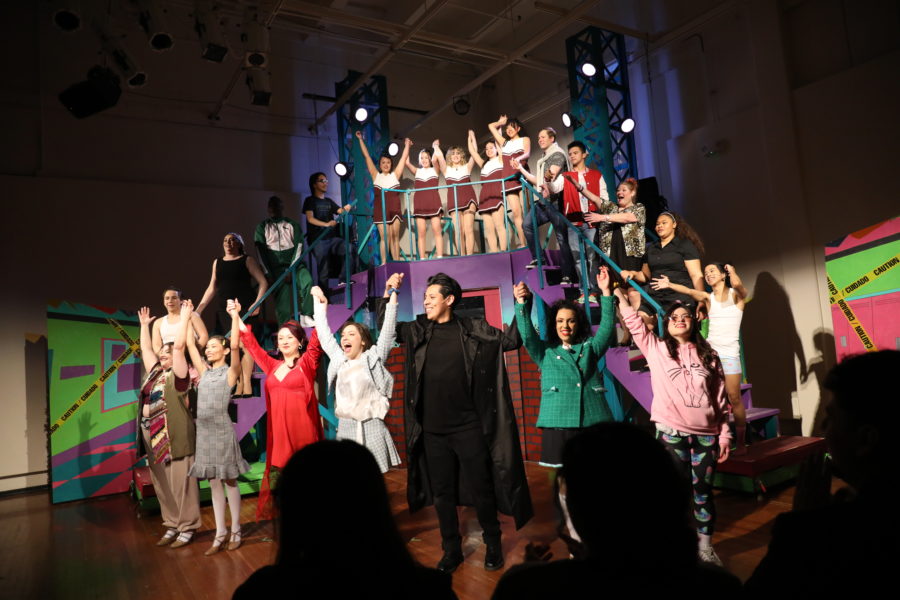The story of Jackie Robinson has become one of the more well-known stories in the history of sports. The basic knowledge revolves around Robinson becoming the first African American baseball player in the major leagues in 1947, effectively breaking the color barrier. But what most don’t know is how he got to the major leagues altogether. The film “42” dives deeper into the story of Jackie Robinson to give greater context into what he meant to not only the game of baseball, but athletes everywhere.
The role of Robinson is played by Chadwick Boseman, a relative newcomer who gives a solid performance in his first leading role. His realistic depiction of Robinson makes the film easy to watch, which was extremely necessary given his legendary nature. Boseman wasn’t only able to embody Robinson physically; he was also able to match his style of play throughout the film. The scenes where he shows his baseball skills seem realistic. Most baseball films feature some scenes where the actual baseball scenes seem unrealistic and don’t easily give you that sense that it is really happening. With “42”, these scenes are captivating. Even though most scenes feature some sort of racial bigotry, which was common in those times, they give a sense of what the game of baseball was like in the 1940’s.
Another role that carried the film was Harrison Ford as Branch Rickey, an executive from the Brooklyn Dodgers responsible for signing Robinson. Ford’s performance was carried by his ability to address why he signed Robinson in the first place, which becomes a major story point throughout the film. He is also able to add subtle comedic relief to scenes where it is needed. What also made Ford’s performance much better was his ability to convey the social experiment that came along with signing Robinson. It was a test of the entire time period which affected everyone around the team.
The scenes that feature both Ford and Boseman add a great dynamic to the film. The contrast between a black and white male given the time period has much more of a student and mentor feeling. Robinson seemed to look at Rickey as a father figure in his life, which comes across well on screen.
The direction of Brian Helgeland is able to push the film forward, but holds it back from its full potential. Certain shots throughout the film match the overall tone of the film. For example, the scenes on the baseball field show Robinson’s style of play. His combination of speed and power was revolutionary at the time, and Helgeland did a great job of capturing that. But certain scenes during the film come across as awkward to the audience. The reason changes throughout, whether it’s an ineffective performance or the camera doesn’t capture the moment correctly. This brings the film down overall, but not enough to make the film terrible.
“42” is a good historical lesson into what it took Jackie Robinson to break baseball’s color barrier. The film also gives perspective into how Robinson handled being looked down upon by those attending the games and even those on his own team. But “42” isn’t a perfect film by any means. Certain scenes are unnecessary and the performance of Nicole Beharie as Jackie’s wife Rachel adds absolutely nothing to the film. Despite these flaws, the film provides great insight into Robinson’s start with the Montreal Royals, his military past, as well as his past problems with his temper. “42” is a must-see for all baseball fans and those wanting to learn something more about this legendary figure.
This article was edited to fix formatting issues. 4/18/2013 10:20 a.m.















